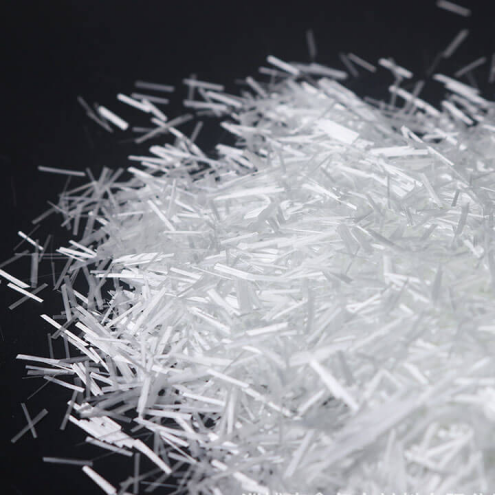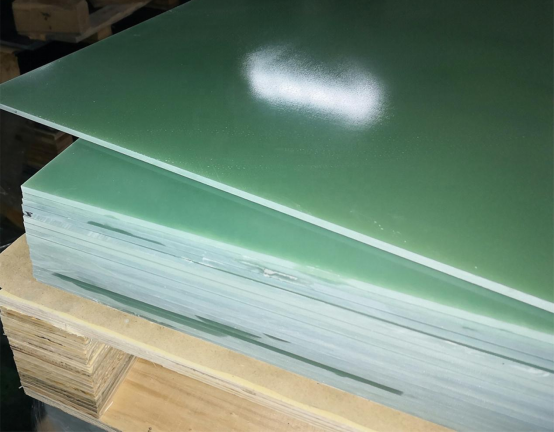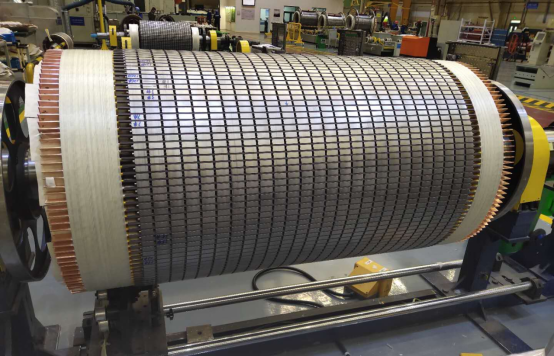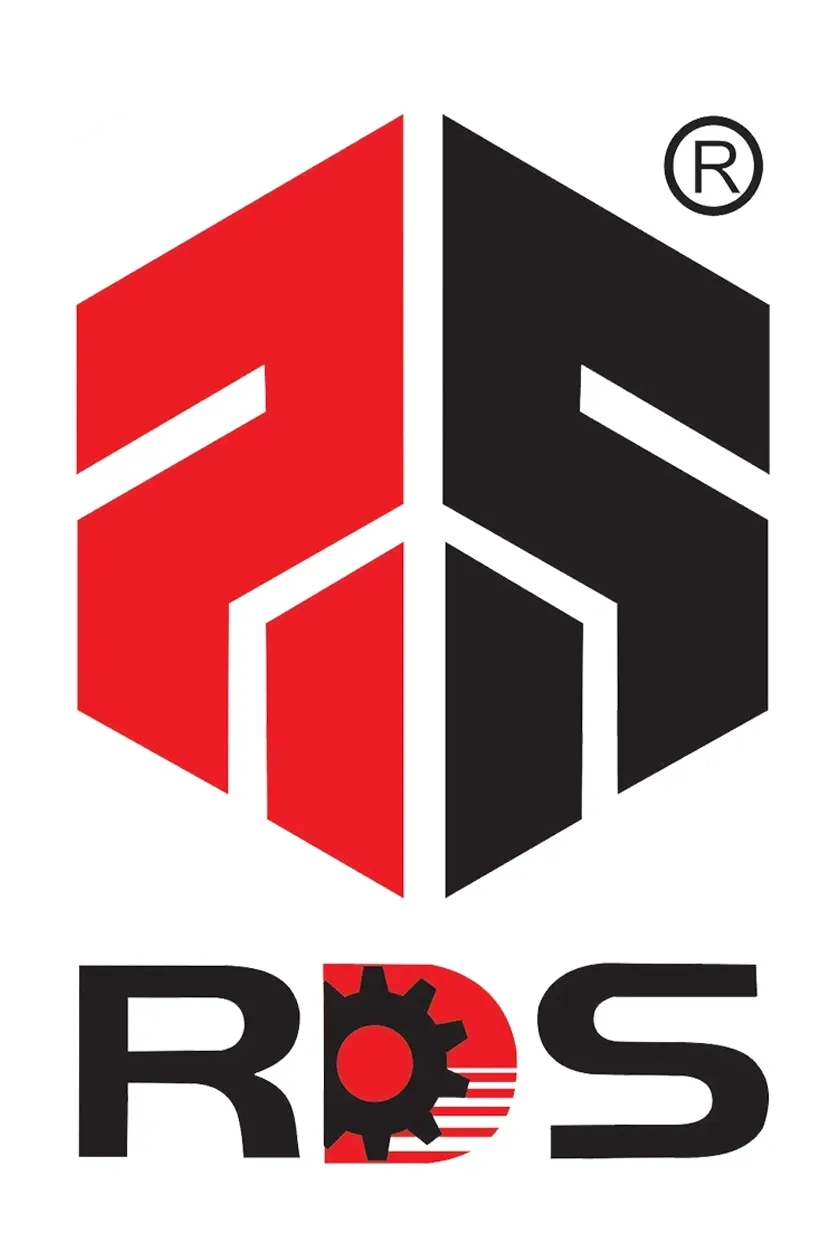-

GPO3 Halogen-free Flame Retardant Technology and Its Applications
2025/11/03GPO3 Halogen-Free Flame Retardant Technology is an optimized solution for enhancing flame retardancy in GPO3 (Glass Fiber Reinforced Unsaturated Polyester Resin Insulating Sheets). The core innovation involves using halogen-free flame retardants (exc...
Read More -

Comparisons of G10, G11, FR4, and FR5 Epoxy Fiberglass Materials
2025/10/23G10, G11, FR4, and FR5 are all epoxy glass cloth laminates. Their key differences lie in temperature resistance, flame retardancy, and material composition, while sharing identical substrate structures and core functionalities. Common characteristic...
Read More -

21st Century’s Top Advanced Material: Carbon Fiber
2025/10/19Carbon fiber, a high-performance material with over 90% carbon content, is produced through the decomposition of organic fibers into a carbon backbone structure under high temperatures.It possesses the inherent characteristics of carbon materials whi...
Read More -

Is the phenolic cotton fabric tube a flame-retardant product?
2025/09/23The flame retardancy of phenolic cotton fabric tubes depends on their material properties and the specific application scenarios. 1. Inherent Flame Retardancy Phenolic resin, which serves as the primary adhesive in phenolic cotton fabric tubes, is na...
Read More -

Mechanical processing——the cornerstone of manufacturing
2025/09/19Mechanical processing, formally known as machining, is a manufacturing process that modifies the shape, dimensions, surface quality, or properties of raw materials like metal, plastic, and wood using specialized equipment such as lathes, milling mach...
Read More -

What technical parameters influence insulation performance?
2025/09/051. Insulation resistance and resistivity Resistance is the inverse of conductivity, and resistivity is the resistance per unit volume. The less a material conducts electricity, the greater its resistance, which is inversely proportional to each other...
Read More -

The Characteristics of SMC and Its Applications in Automotive Manufacturing
2025/09/03SMC Materials (Sheet Molding Compound) is a sheet-like composite material composed of thickening resin, chopped (and/or continuous) glass fiber reinforcement, fillers, additives, and a load-bearing film covering both surfaces. Typically, it is produc...
Read More -

Are epoxy fiberglass tubes suitable for high-temperature applications?
2025/08/26Epoxy fiberglass tubes are suitable for high-temperature applications. They possess good thermal stability, which means they can endure a wide range of high temperatures without significant degradation of their mechanical or physical properties. Thei...
Read More -

How many manufacturing methods of fiberglass tubes do you know?
2025/08/15There are several primary manufacturing methods for epoxy fiberglass tubes, each tailored to specific performance requirements, tube sizes, and production scales. 1. Pultrusion Continuous fibers (glass, carbon, or aramid) are pulled through a resin b...
Read More -

The History of Fiberglass Composites
2025/08/07What is Fiberglass? Fiberglass is a material composed of numerous extremely fine glass fibers. It is produced by forcing molten glass through a sieve, which spins it into threads that are then combined to form fiberglass. This material is renowned fo...
Read More -

How do temperature and humidity affect the dimensional stability of epoxy fiberglass laminate?
2025/07/24The reasons why temperature and humidity affect the dimensional stability of epoxy fiberglass laminate are as follows: Temperature affect Thermal expansion and contraction: Like most materials, epoxy fiberglass laminates exhibit thermal expansion an...
Read More -

Definition and Classification of Insulating Materials
2025/07/23Insulating materials, also known as dielectrics, refer to substances that do not conduct electricity or exhibit minimal conductivity under allowable voltages, typically with a resistivity greater than 10^10 Ω·m. The primary function of i...
Read More
 EN
EN






















